London's best wild desks
Where I write best in my home city
When I first started writing about nature, I thought my flat would be the ideal location to put pen to paper.
After all, I have a ringside seat of the London skyline.
And if that wasn’t inspiring enough, all manner of wildlife come past my window.
For example, there is a grey heron who flies up and down Brixton High Street, high above the heads of all the shoppers, en route to and from nearby Brockwell Park.
I don’t know if that’s the reason that there is a larger-than-life cut-out heron above the KFC on the corner with a fish in its beak.
It’s called the Brixton Heron and it was made by the artist Maggi Hambling..
She is said to have wanted to depict the heron on a weathervane to reflect the “many directions from which the town’s residents have come”.
But I am going to stick to my own theory that it’s an actual depiction of the Brockwell Park heron.
I wish I could find an excuse to write, as easily as I can find an excuse to do the ironing.
Heron or otherwise, it wasn’t the views or the bird fly-bys that distracted me from writing.
It was the tug of household chores.
I wish I could find an excuse to write, as easily as I can find an excuse to do the ironing.
The next place I tried to find the ideal desk was the British Library.
After all, it had got me through a masters degree.
Who couldn’t fail to be inspired by a building that was denounced by the man who became our king as looking like “an academy for secret policeman”?
The quiet there is absolute.
In the reading rooms you get a chorus of tuts if you forget to silence the opening chimes of your laptop.
That had been a plus back when I was studying but now it didn’t quite feel the right space to write about the outdoors.
So my search for the ideal desk had to continue.
Luckily I didn’t have too far to go.
Vegetation cascades out from the houses towards the Pleasure Garden and back again.
Less than two miles from Brixton is Bonnington Square.
I first came across it in a copy of ‘Slow Burn City’, a birthday present from my daughter.
In his book about London’s built architecture, Rowan Moore held up Bonnington Square as an exemplar of an organic neighbourhood, literally.
Built in the 19th century, it was occupied by squatters in the 1970s and 80s to prevent its planned demolition. Later they formed a housing cooperative to gain some measure of control over their neighbourhood.
Its centre was a literal bomb site from the Second World War.
In the 90s the local residents laid claim to the ‘wasteland’ and named it ‘The Pleasure Garden’, an homage to the Vauxhall Pleasure Grounds that had existed close by for 300 years.
Unlike their historical precedent, a site of curiosity, promenade, excess and notoriety, this Pleasure Garden is an oasis of calm, a gentle and beautiful slice of nature shaped and enjoyed by the community.
The adjoining streets are a pure expression of joy in nature.
Pavements are populated by pots and planters that blur the boundaries between private and public space. Vegetation cascades out from the houses towards the Pleasure Garden and back again.
What makes the place’s survival all the more miraculous is that it is literally overshadowed by the Nine Elms development that clusters around Battersea Power Station.
The district is one of the most lifeless places in London, an incoherent playground populated by the cast-offs of literally every big-name architect in the world.
Once a working power station that generated one fifth of London’s electricity, Battersea Power Station itself is now a temple to Mammon, with flats for the rich and a shopping mall with their favourite brands.
The contrast with Bonnington Square underlines how regeneration left to the people can give rise to better results than planners can do.
There is no centre to the Nine Elms development that acts as a focal point for the community apart from a building made famous by Pink Floyd, brought back to life at a cost of close to £1 billion.
By contrast at the centre of Bonnington Square is a thriving neighbourhood café.
I immediately felt at home there.
To write about rewilding amidst a tangle of mimosas, beech, mulberry trees, lavender and palms, feels right.
That said, Bonnington Square is not my only destination in London when it comes to nature inspiration.
In spring and summer, when the weather is clement, I have somewhere I can write in the outdoors.
It is a bit further afield but the extra travel time is worth it.
The Coal House Café at Woodberry Wetlands is a Grade II listed early 19th century industrial building on the banks of a former reservoir, now nature reserve in Hackney.
What is now Woodberry Wetlands was once biologically barren whilst under Thames Water’s custodianship.
But once they sold it for £1 to Hackney Council 40 years ago, the locals ensured it bounced back.
Over 100 species of bird have been spotted there over that time and rare butterflies are enjoying the habitat too.1
The decking of the café goes right up to the reed banks of the wetlands. A tasteful canopy provides protection from the elements.
This is where I wrote many of my initial drafts, looking out at the swifts swooping over the water.
In fact, Woodberry Wetlands is where I first pressed the ‘publish’ button on this diary on Substack.
Both my favourite writing spots are in inner city London.
Both are hemmed in by tower blocks.
And both had life breathed back into them once locals took ownership and let nature run its course.
More deliberate rather than accidental rewilding but rewilding nevertheless.
The history of Woodberry Woodlands bounce-back is covered in more detail by Stephen Moss in his ‘the Accidental Countryside’

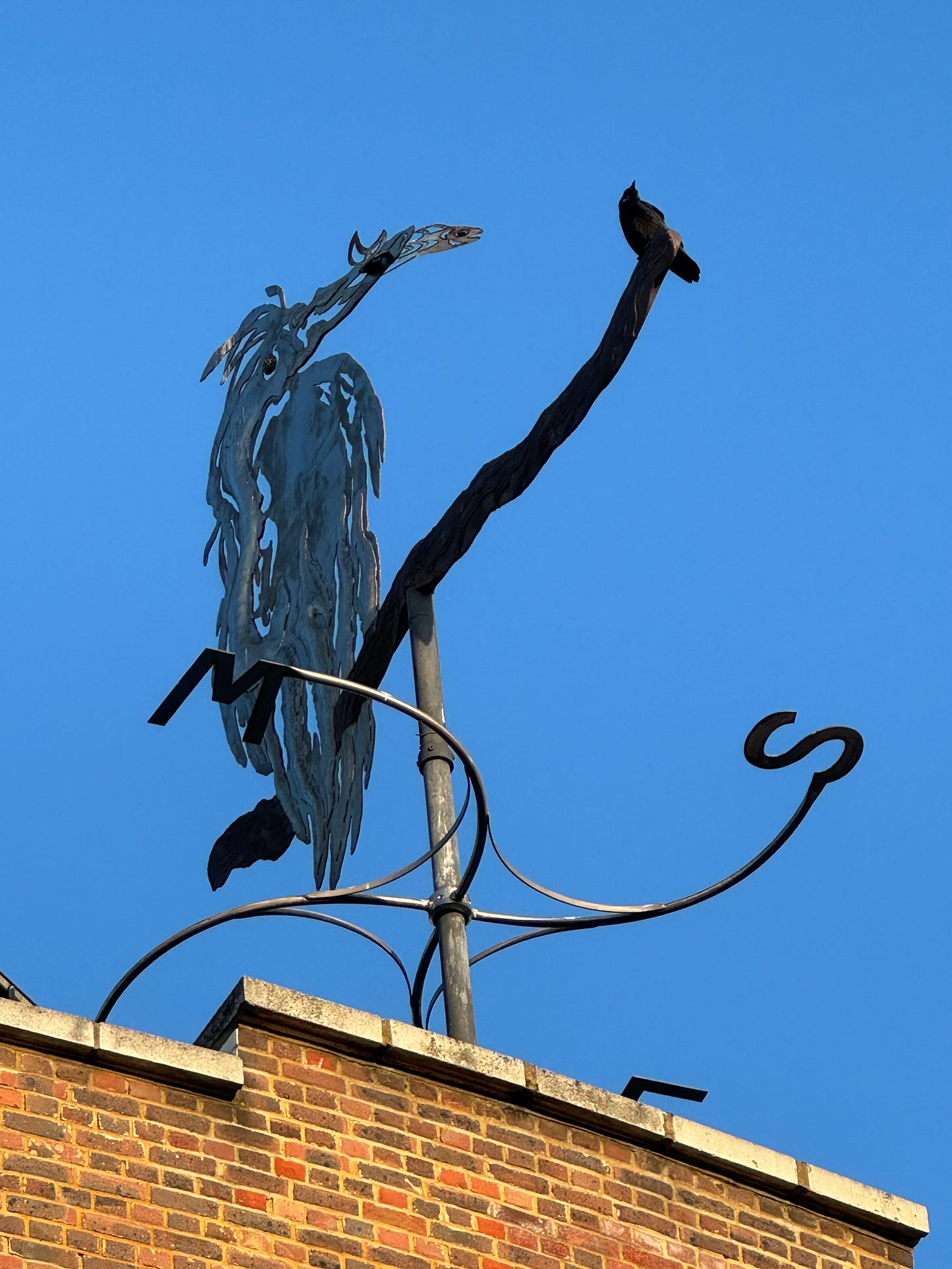



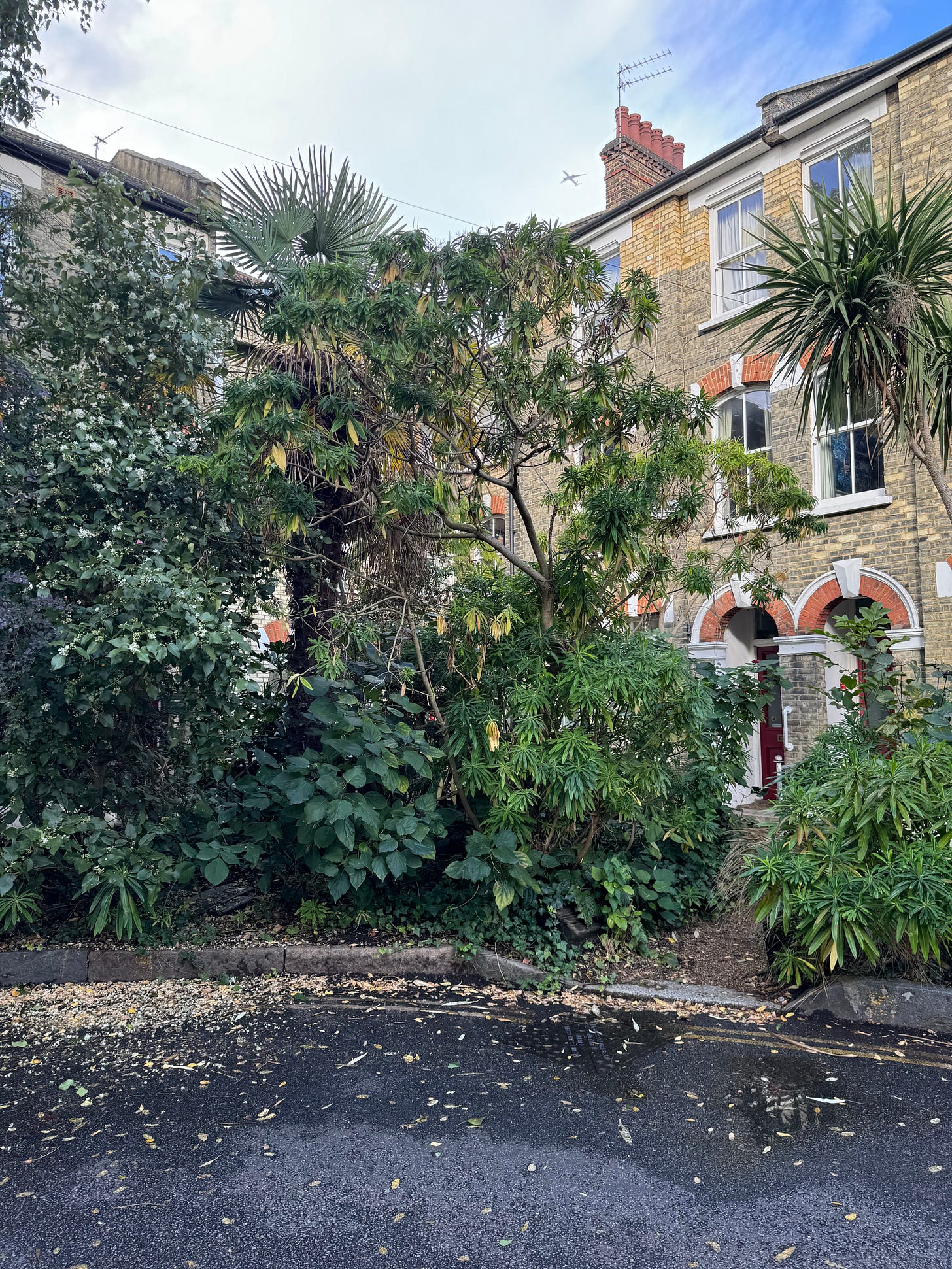
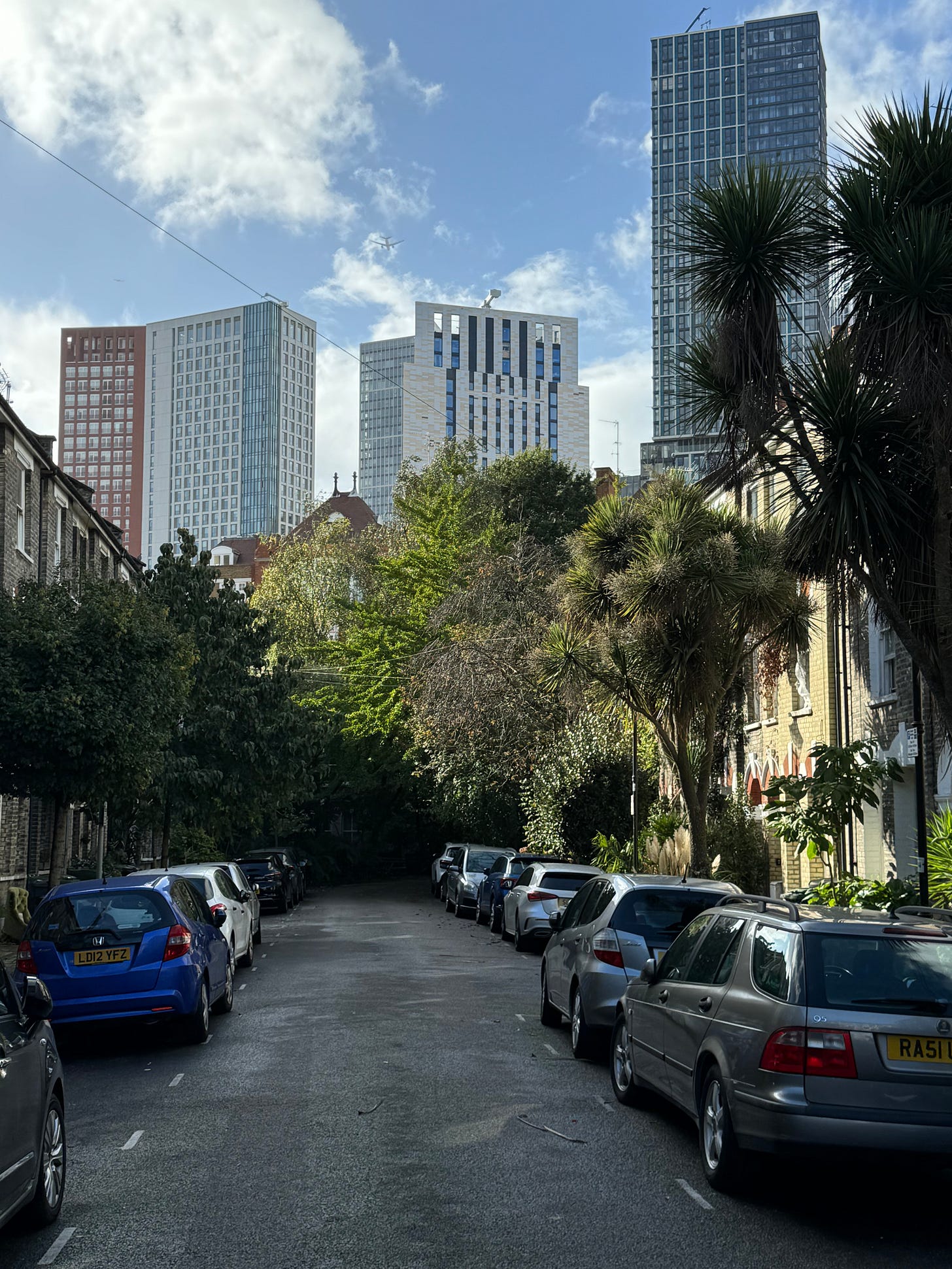
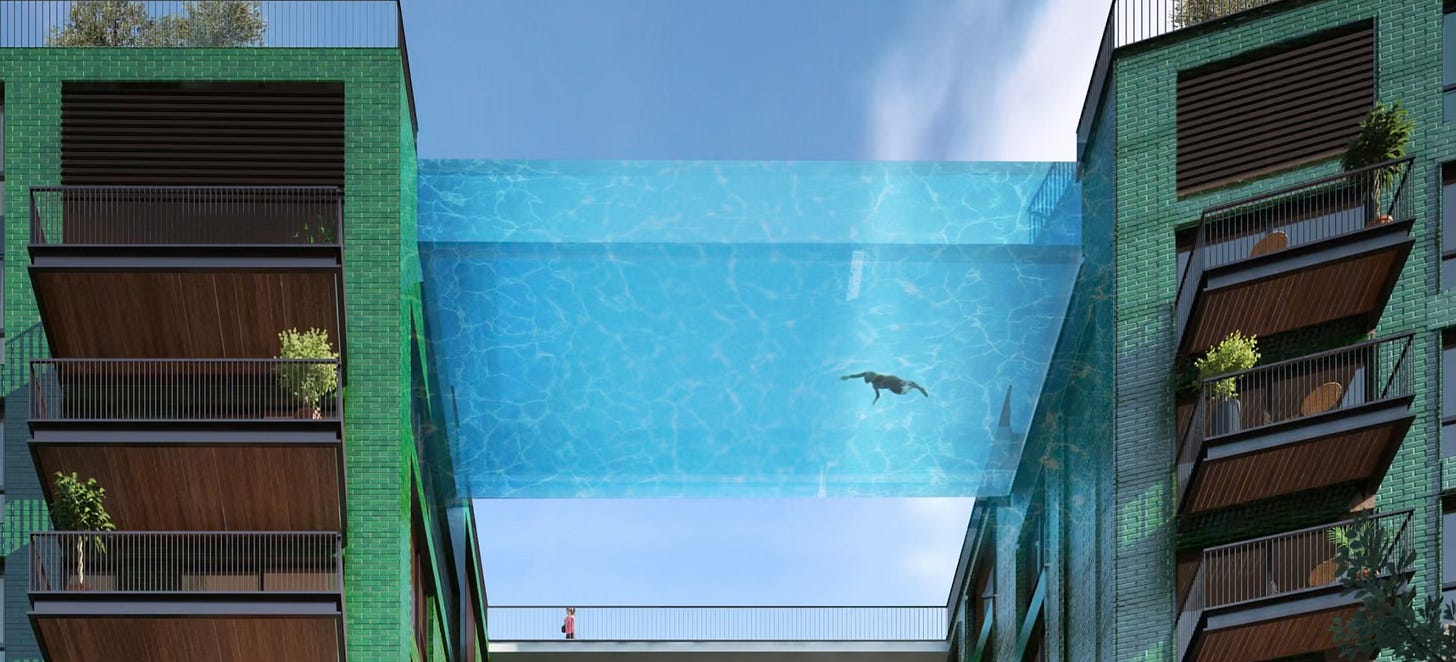



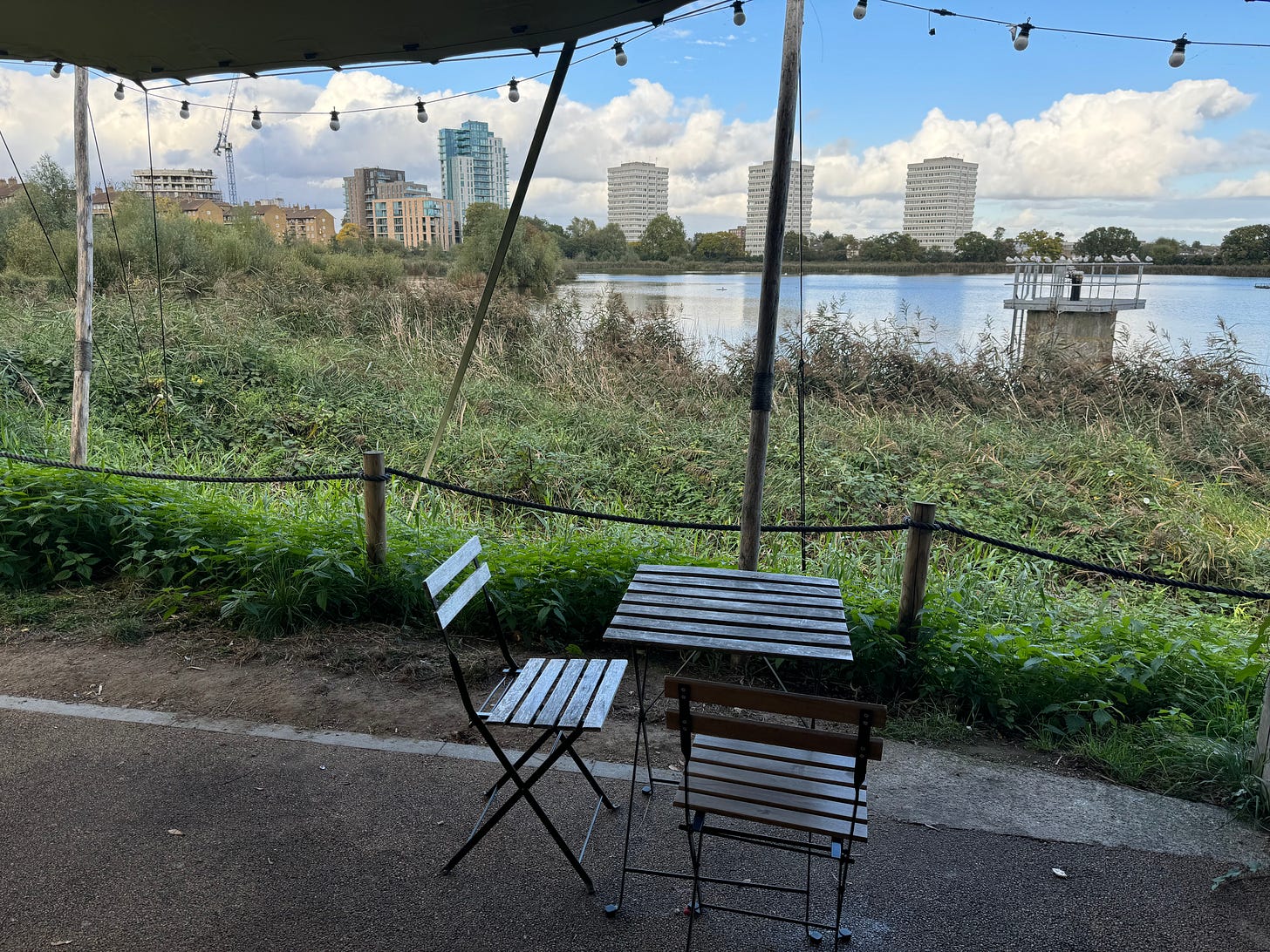
Mark, a beautiful piece. Connects your passion for re-wilding with your process for writing about it. Lovely - and very informative.
I will look these places up if I’m ever in London with enough time to write mark! And I know what you mean about writing from home. I can’t say I’m ever distracted by ironing, (I can’t remember when I last ironed anything!) but I do have a whole world of distractions. In fact I tend to write as a way of procrastinating from paid work! I’m yet to find my little writing niche in birmingham but it’s one of my jobs for the year. Hope you’re well.